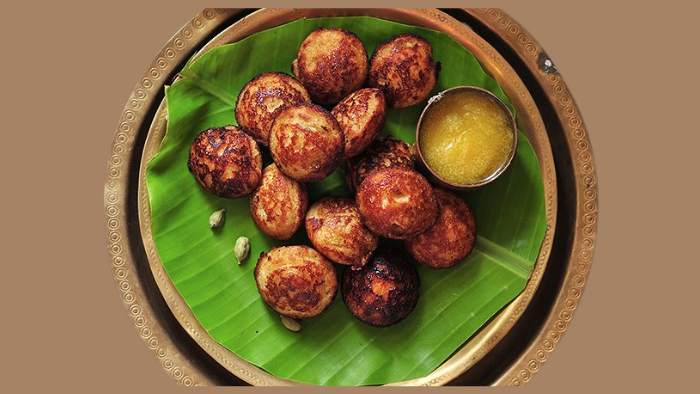It is that time of the year when a cold breeze strikes your face, and you know Sharad ritu is taken over by Hemanta. This season lasts until mid-January following which the weather becomes more cold, and lasts until mid-March. Ayurveda recommends a regime that must be followed during these months to ensure our doshas are in balance and ailments are kept at bay.
During Hemanta ritu, the atmospheric air is cooler which accentuates Vata in the body. This in turn kindles the digestive fire, Agni. With this Agni burning high, the tendency to feel hungry is also high. It is recommended that food that is sweet, sour, and salty is to be consumed.
Interestingly, sweets are abundant in every household considering Deepavali just ended. However, the festival of lights continues with the Kartikai Deepam, celebrated predominantly in South India.
Kartikai Deepam is celebrated on the full-moon day of the Indian traditional calendar month of Kartika. There are many stories behind celebrating this festival. The earliest story behind Kartikai Deepam is the one where Shiva puts an end to the fight over supremacy between Brahma and Vishnu. He took the form of a huge fire and asked the two to fight the start and end of the fire. Neither could. Shia then appeared in the form of a hill in Tiruvannamalai, a small town in Tamil Nadu. Here Shiva is referred to as Arunachala. A temple was later built on this hill.
Every Poornima day of Kartika month, a large deepam is lit in this temple. Only after this lamp is lit, do people light lamps in their homes. Homes are decorated with earthen or metal diyas in every room, and on every stairwell. Large, colourful rangolis are drawn, and women pray for the well-being of their brothers. [More coming up in another article]

No festival ends without sweets being involved in it. On Kartikai Deepam, an assortment of sweet dishes are prepared. These include Nel Pori (puffed rice) with jaggery, Appam, Adirasam, and also a sweet made from wheat flour and jaggery.
During Hemanta ritu, the body temperature is slightly lower, and this causes the pores of the body to be well-protected and strong. The digestive fire can burn the body tissues if enough fuel is not provided. This is why it is recommended to consume sweet and sour food. The days are short and nights are longer during this season. According to Ayurveda, it is important to have an early breakfast.
Going back to the Kartika Deepam sweets, jaggery is the main constituent. Not only is it a more healthy substitute to sugar, but also has a number of other benefits attached to it. Jaggery is basically unrefined sugar obtained from sugarcane juice. It is a brownish yellow coloured mass.
Vata dosha is high in this season, and jaggery helps to keep Vata in balance. It is light and hence promotes digestion, relieves excess body heat and also increases fat and muscles. Jaggery is a rich source of iron, and can be used to purify blood and cure anaemia.

Nel pori with jaggery is another delicacy made on this day. Unlike murmura that is made from rice, nel pori is puffed paddy. Ayurveda recommends eating nel pori soaked in water to cure diarrhoea and indigestion. Nel pori is rich in essential fatty acids, protein, vitamin B6, minerals such as iron, zinc, copper, thiamin, niacin, manganese, and more. Eating nel pori can eliminate the need for vitamin b6 complex supplements.
In Karnataka, during the traditional baby shower, a dish known as Aralu Panchakajjaya is prepared. It is made with nel pori, sugar, coconut, cardamom and ghee. Nel pori obtained from the jeeraga samba variety promotes fertility in men and women.
It is interesting to note that every dish prepared during a festival is laden with health benefits. They not tickle the palate but also are made sure that the body is supplemented with the most essential nutrients.




